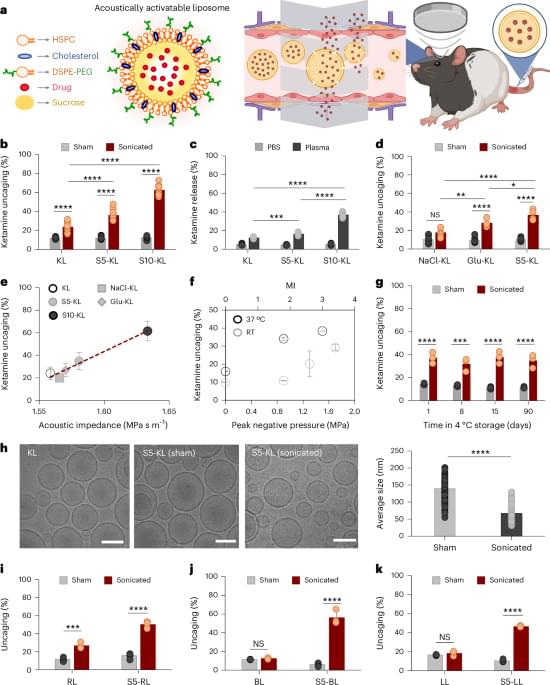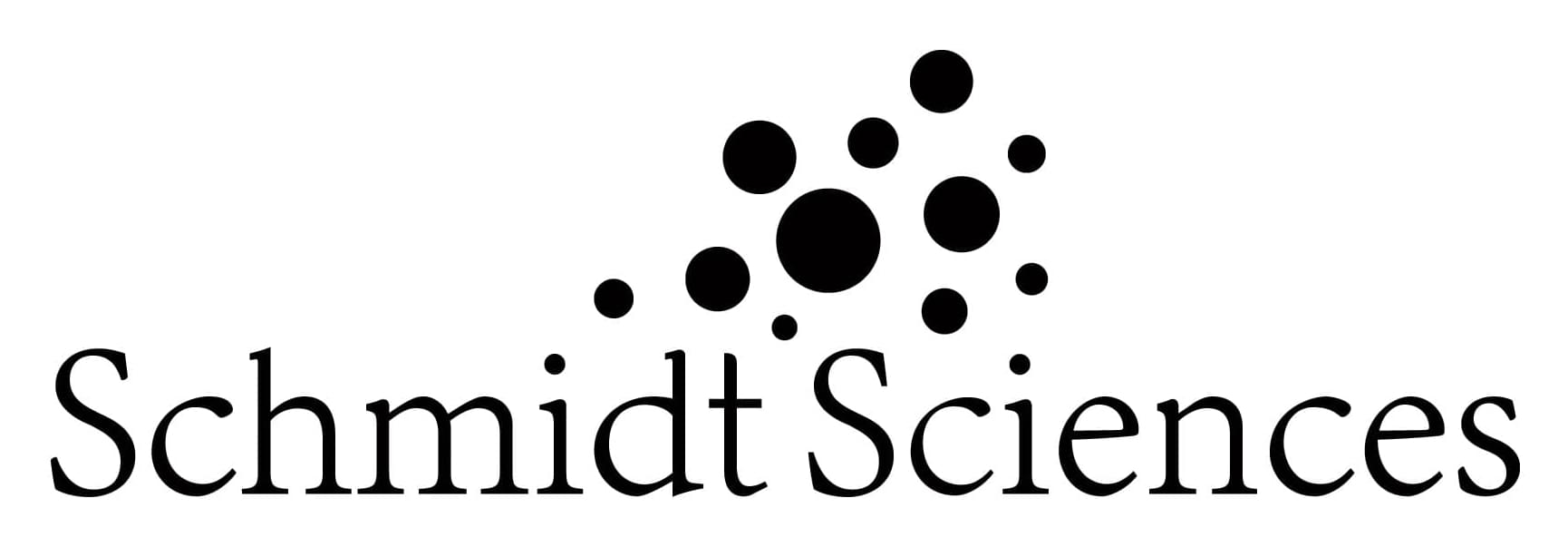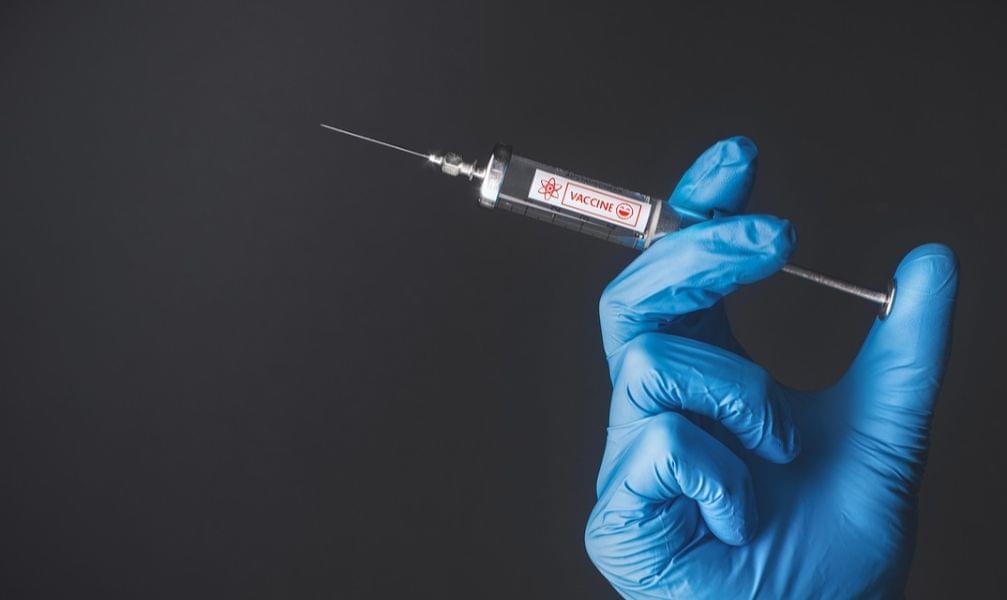Wiz exposed 550 leaked secrets in VS Code extensions, as TigerJack exploits marketplaces with malware.




YouTube is currently facing a global outage, with users reporting playback errors on both the website and mobile apps.
When trying to watch videos, users see messages like “Playback error” or “Something went wrong,” while some say the site is slow or not loading at all.
The outage began within the last 30 minutes.


Purohit et al. incorporate sucrose into drug-loaded lipid nanoparticle (LNP) formulations, which shifts the acoustic impedance in a way that triggers drug release upon exposure to focused ultrasound (FUS). By using FUS to both transiently open the blood-brain-barrier and to release drugs from their LNPs, various drugs were delivered into the brains of mice.
Acoustically activatable nanocarriers made by incorporating 5% sucrose into liposomes release drug with low-intensity ultrasound, providing a readily clinically translatable system for both central and peripheral noninvasive neuromodulation.

We here introduce a novel bioreducible polymer-based gene delivery platform enabling widespread transgene expression in multiple brain regions with therapeutic relevance following intracranial convection-enhanced delivery. Our bioreducible nanoparticles provide markedly enhanced gene delivery efficacy in vitro and in vivo compared to nonbiodegradable nanoparticles primarily due to the ability to release gene payloads preferentially inside cells. Remarkably, our platform exhibits competitive gene delivery efficacy in a neuron-rich brain region compared to a viral vector under previous and current clinical investigations with demonstrated positive outcomes. Thus, our platform may serve as an attractive alternative for the intracranial gene therapy of neurological disorders.



Researchers in Northern Ireland examined whether exposure to fine particulate matter (PM2.5) and nitrogen dioxide (NO₂) increases the risk of Parkinson’s disease. While no overall link was found after adjusting for confounders, younger adults under 50 showed a modest association with PM2.5, raising questions about age-related susceptibility and diagnostic misclassification.

Many of the environments where human-facing universal robots can provide benefits — homes, hospitals, schools — are sensitive and personal. A tutoring robot helping your kids with math should have a track record of safe and productive sessions. An elder-care assistant needs a verifiable history of respectful, competent service. A delivery robot approaching your front door should be as predictable and trustworthy as your favorite mail carrier. Without trust, adoption will never take place, or quickly stall.
Trust is built gradually and also reflects common understanding. We design our systems to be explainable: multiple AI modules talk to each other in plain language, and we log their thinking so humans can audit decisions. If a robot makes a mistake — drops the tomato instead of placing it on the counter — you should be able to ask why and get an answer you can understand.
Over time, as more robots connect and share skills, trust will depend on the network too. We learn from peers, and machines will learn from us and from other machines. That’s powerful but just like parents are concerned about what their kids learn on the web, we need good ways to audit and align skill exchange for robots… Governance for human–machine societies isn’t optional; it’s fundamental infrastructure.